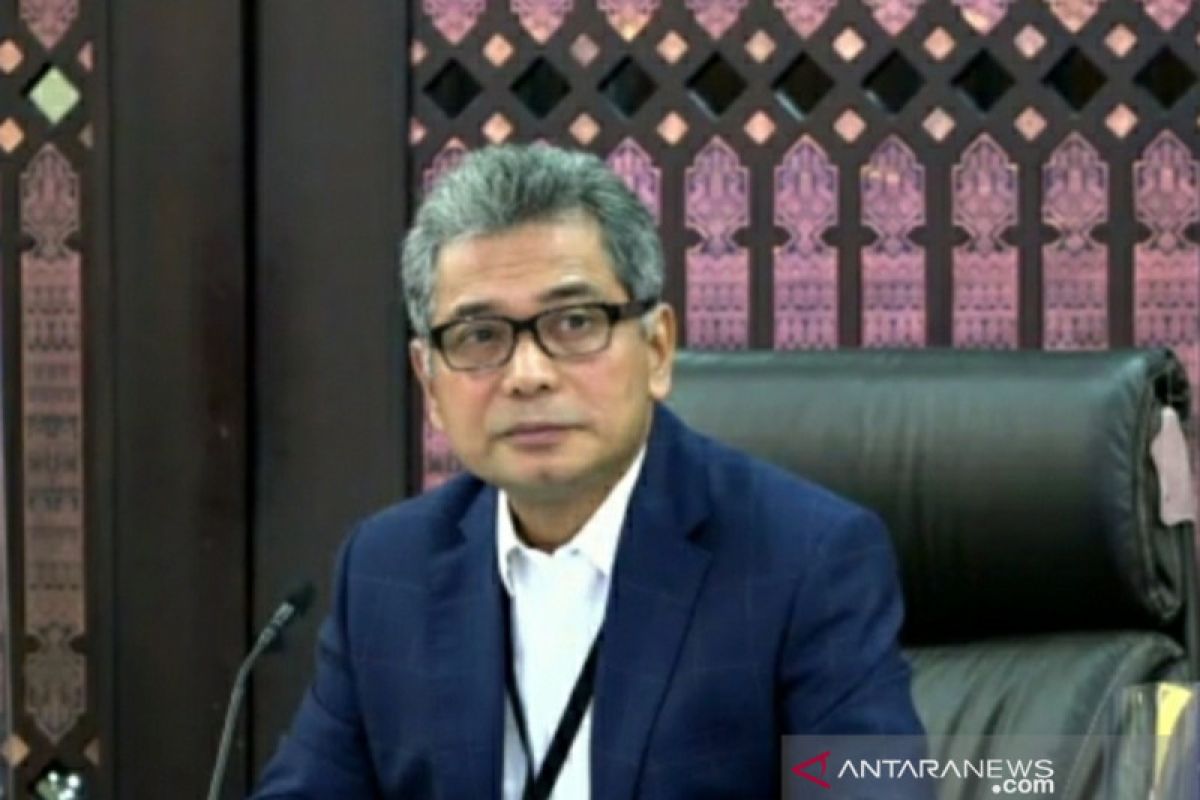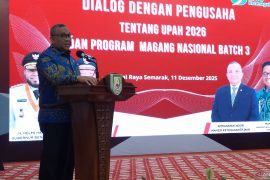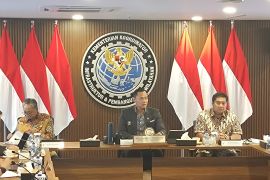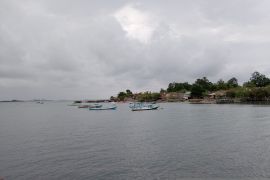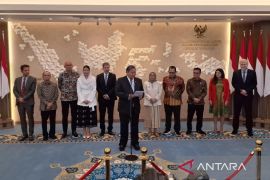"Although we focus on saving MSMEs, our business is still growing. Consolidated profits reached Rp10.20 trillion and assets, Rp1,387.76 trillion, or a growth of 7.73 percent," BRI President Director Sunarso stated during a virtual press conference here on Wednesday.
BRI remains committed to striving to save and help revive MSMEs amid the pandemic, he remarked.
BRI’s massive efforts to help MSMEs survive the pandemic included credit restructuring. As of July 31, 2020, BRI had restructured loans, worth Rp.7 trillion, to 2.9 million debtors.
The company also seeks to expedite economic activities of MSME players, including by continuing to channel loans selectively. Until the end of June 2020, BRI had distributed loans on a consolidated basis amounting to Rp922.97 trillion, or grew 5.23 percent (yoy). This achievement was higher than the banking industry credit growth of 1.49 percent (yoy) in June 2020.
Of the total loans, as much as 78.58 percent, or Rp725.27 trillion, were channeled to the MSME segment. The company targets 80 percent of BRI's loan portfolio in 2022 to be disbursed to MSMEs.
Entering the second semester of 2020, BRI targets reviving MSME players, as credit restructuring in June and July had sloped as compared to the earlier April and May period. The incessant restructuring coupled with selective lending was able to keep BRI's consolidated non-performing loan (NPL) ratio at 3.13 percent, with NPL coverage of 187.73 percent at the end of June 2020.
"For us, sustainable growth in the long term is the main thing. Hence, we strive to ensure that BRI's MSME debtors survive, as they are a source of driving economic growth in Indonesia and the foundation of BRI's business in future," Sunarso afffirmed.
In terms of liabilities, BRI was able to realize nearly double-digit growth in Third Party Funds (DPK). Until the end of June 2020, BRI's consolidated DPK was recorded at Rp1,072.50 trillion, increasing by 13.49 percent yoy, higher than the collection of TPF in the banking industry in June 2020 was recorded at 7.95 percent yoy. BRI's DPK is dominated by low-cost funds (CASA) of 55.81 percent.
On the other hand, the pandemic was able to boost digital transactions at BRI, so that it can boost the achievement of commission-based income.
Until the end of the first semester of 2020, BRI commission-based income was recorded at Rp7.46 trillion, or grew 18.59 percent yoy. The company’s strategy for recording continued growth amid this pandemic is yielding positive results.
BRI was also able to maintain an ideal loan-to-deposit ratio (LDR) of 86.06 percent, or lesser than 92.81 percent recorded at the end of June 2019. Meanwhile, BRI's capital was optimally maintained, with a CAR of 20.15 percent. The current crisis has spurred transformation by BRI initiated since 2016.
Related news: BRI reports 0.37-percent drop in first-quarter net profit
Related news: BRI to offer dividends worth Rp20.6 trillion
Translator: Citro Atmoko, Fardah
Editor: Rahmad Nasution
Copyright © ANTARA 2020
